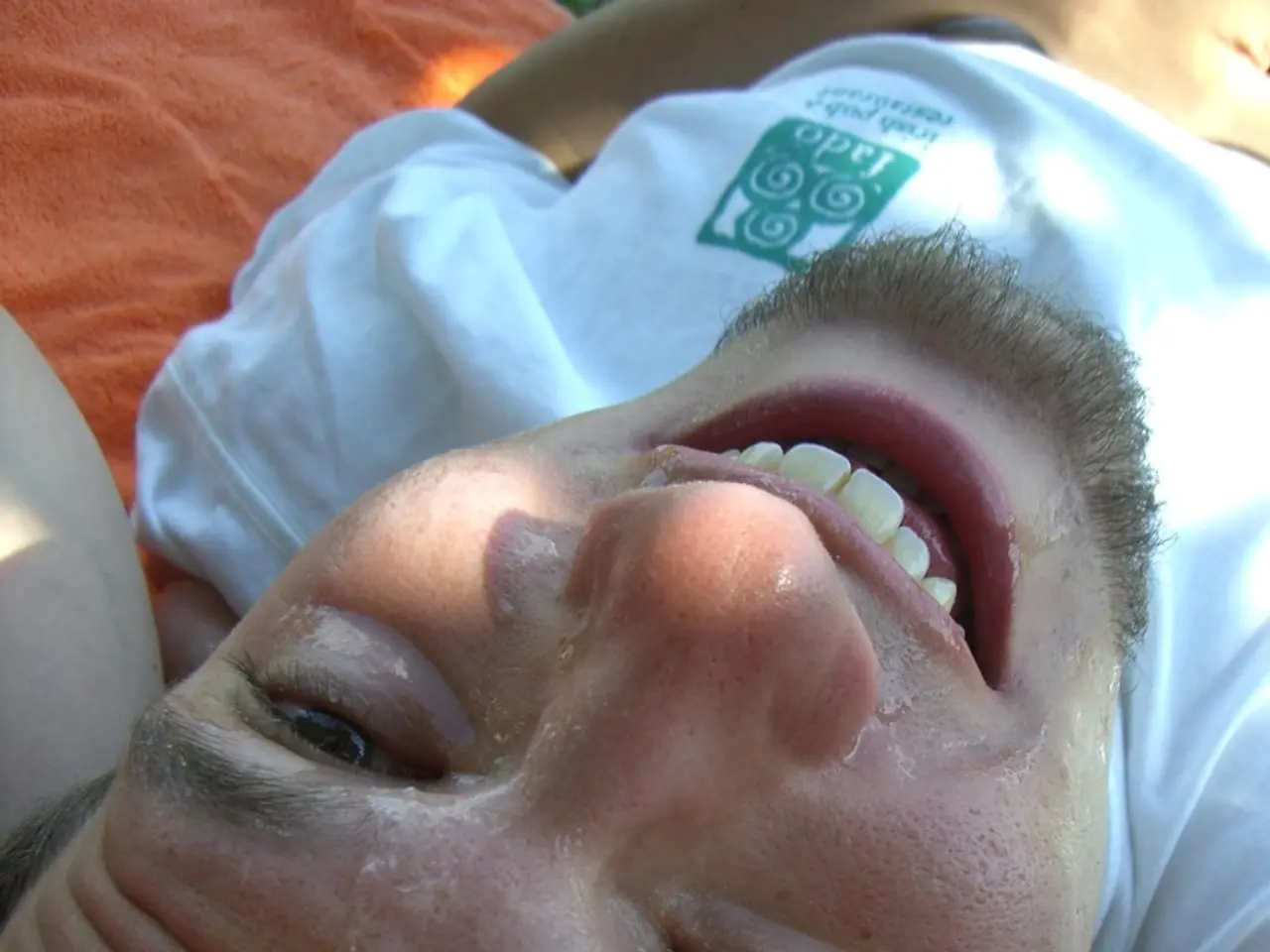Scar Tissue: Understanding Causes, Steps for Prevention, and Treatment Strategies
In the realm of dermatology, treating various types of scar tissue requires a tailored approach due to the unique characteristics of each scar. This article provides an overview of the most effective treatments for three common types of scars: keloids, hypertrophic scars, and acne scars.
Keloids, known for their raised, red-skin colored plaques, respond well to several treatments. Intralesional corticosteroid injections, such as triamcinolone acetonide, are a mainstay therapy for reducing scar size and symptoms. Surgical excision is frequently used, but it has a high recurrence rate (70–100%) if done alone. Combining surgery with adjunct therapies like radiation or pressure therapy significantly lowers recurrence. Superficial radiation therapy (SRT) post-surgery is effective in preventing keloid regrowth. Cryotherapy, which uses extreme cold, is another option with a low chance of recurrence. Silicone gel sheeting and pressure therapy are beneficial, especially in preventing and managing keloids by influencing collagen formation. Other treatments include pulsed dye laser (PDL), interferon, fluorouracil (5-FU), and combination therapies for enhanced results with fewer side effects, particularly in adults.
Hypertrophic scars, which are raised, red, and itchy, are more common and often respond well to non-invasive treatments. Pressure or compression therapy is particularly effective, regulating collagen synthesis and improving scar flattening. Silicone gel sheets hydrate the wound to regulate collagen, helping limit hypertrophic scar development when applied early for 6–12 months. Intralesional steroid injections can reduce inflammation and scar bulk. Laser therapy improves scar redness, thickness, and itching with minimal side effects, often requiring multiple sessions. Cryotherapy with liquid nitrogen can reduce redness and flatten the scar. Surgical excision is generally reserved for severe cases where the scar restricts movement or causes tissue stress; it is not routinely recommended for typical hypertrophic scars. Radiation therapy is an aggressive option targeting scar cells but used less commonly due to potential side effects.
Acne scars, which can be pitted or elevated, require a more tailored approach. TCA cross (trichloroacetic acid) peeling is effective for pitted scars by stimulating collagen production inside the scar to raise depressed areas. Laser resurfacing and Thermage® treatments can flatten elevated scars. Microdermabrasion removes surface skin layers and may improve superficial scars, though deeper scars often require additional treatments. Collagen injections can "fill out" certain superficial and deep soft scars to soften their appearance, though less effective for ice-pick scars and keloids.
Each patient's treatment plan should be personalized considering age, scar location, size, and potential side effects. Early intervention, particularly with silicone gels and pressure therapy, improves outcomes by modulating collagen formation during scar development. It is important to note that the effectiveness of treatments varies, and doctors should set reasonable expectations. Cryotherapy may be more effective when used in combination with other treatments, such as injectable corticosteroids.
Prevention is the most important guideline for scarring, with people who are prone to developing abnormal scars advised to avoid elective surgery and treat conditions that can result in scarring. Laser therapy demonstrates effectiveness for surgical scars, hypertrophic scars, and keloids, improving the thickness, redness, itchiness, and texture of scars. However, doctors caution the use of radiotherapy on scars located on the neck or chest due to an increased risk of thyroid or breast cancer.
In conclusion, the treatment of scars depends on the specific type of scar and its characteristics. By understanding the various treatment options and working closely with a dermatologist, patients can achieve the best possible outcomes for their scar tissue.
- In dermatology, different approaches are necessary for treating diverse types of scar tissue, considering their unique attributes.
- Keloids, characterized by raised, red-skinned plaques, respond positively to treatments like intralesional corticosteroid injections and superficial radiation therapy (SRT).
- Hypertrophic scars, identified by their raised, red, and itchy nature, typically respond well to pressure or compression therapy and laser treatments.
- Acne scars, which can be pit-formed or elevated, necessitate personalized treatment plans, with TCA cross, laser resurfacing, and Thermage® proving effective for certain types.
- Patients' treatment plans should be customized according to factors like age, scar location, size, and potential side effects, with early intervention improving results by modulating collagen formation.
- Prevention is vital, especially for those prone to abnormal scarring; elective surgeries should be avoided, and conditions leading to scarring should be addressed.
- The demands of medical-conditions such as depression, Alzheimer's, diabetes, hepatitis, HIV, obesity, atopic dermatitis, and psoriasis, along with asthma and skin-care requirements should be carefully considered in the overall approach to scar treatment.
- Science plays a crucial role in the advancement of predictive scar treatment methods, helping doctors to set realistic expectations for patients.
- Cryotherapy, laser therapy, and other treatments can provide significant improvements for health-and-wellness, offering patients a chance at a better quality of life.




